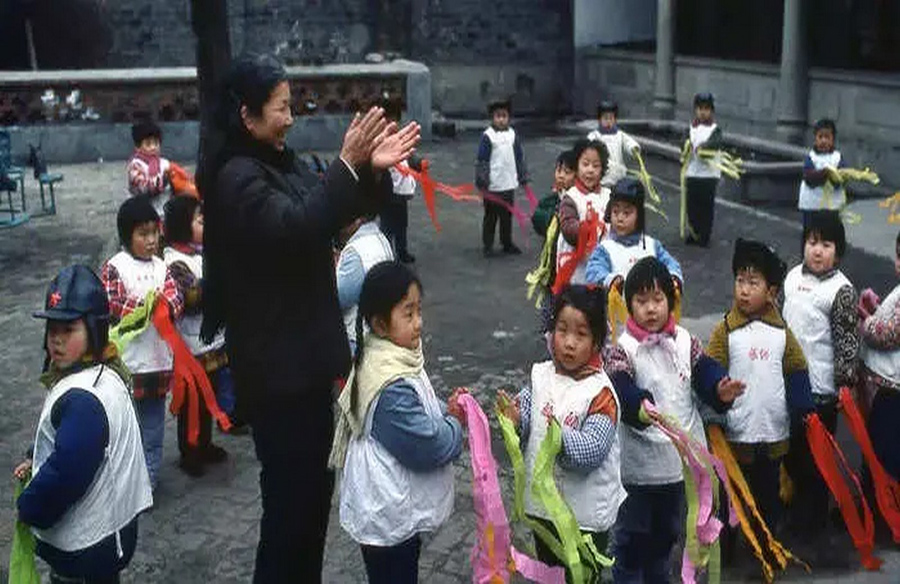China’s long-standing one-child policy has led to significant demographic challenges for its economy, particularly within the education sector, where millions of teachers could face unemployment in the coming years.
Surplus of Teachers Projected
According to a recent report from the South China Morning Post, Chinese schools have traditionally accommodated large class sizes, with up to 50 students per teacher. However, with declining birthrates, there is a looming surplus of teachers estimated to reach 1.5 million in primary schools and 370,000 in middle schools by 2035 if class sizes remain unchanged.
Declining Birthrates and School Enrollment
Last year marked the second consecutive year of population decline in China, with the birth rate hitting a record low of 6.39 births per 1,000 people, according to the National Bureau of Statistics. Ministry of Education figures also revealed a decline in kindergarten and primary school enrollment, signaling a shrinking student population.
Impact on Teaching Jobs
Researchers at the China National Academy of Educational Sciences anticipate that the reduction in student numbers will inevitably lead to redundancies among teaching staff, particularly in regions heavily affected by demographic shifts. Additionally, financial constraints resulting from broader economic challenges could prompt local governments to scale back teacher recruitment efforts.
Government Efforts to Encourage Childbirth
In response to the demographic crisis, Chinese authorities have implemented policies to incentivize childbirth, such as offering financial incentives to parents, including subsidies for having a third child in cities like Hangzhou. Despite these initiatives, the demographic trend continues to worsen, posing significant economic challenges.
Aging Population and Economic Implications
A study by the consultancy Terry Group highlighted the dual challenge of population decline and the increasing share of elderly citizens in China. This aging demographic profile threatens to elevate the country’s overall dependency burden, hindering its ability to compete with global rivals like the US on the world stage.
Projection for the Future
The demographic projections indicate a substantial shift in China’s population dynamics, with the UN projecting a significant increase in the elderly population compared to children by 2050. This demographic imbalance poses multifaceted challenges for China’s economy, including implications for its education system and labor market.
In summary, China’s declining birthrate presents profound implications for its education sector, potentially leading to a surplus of teachers and restructuring within the industry as the country grapples with demographic shifts and economic pressures.




Leave a Reply